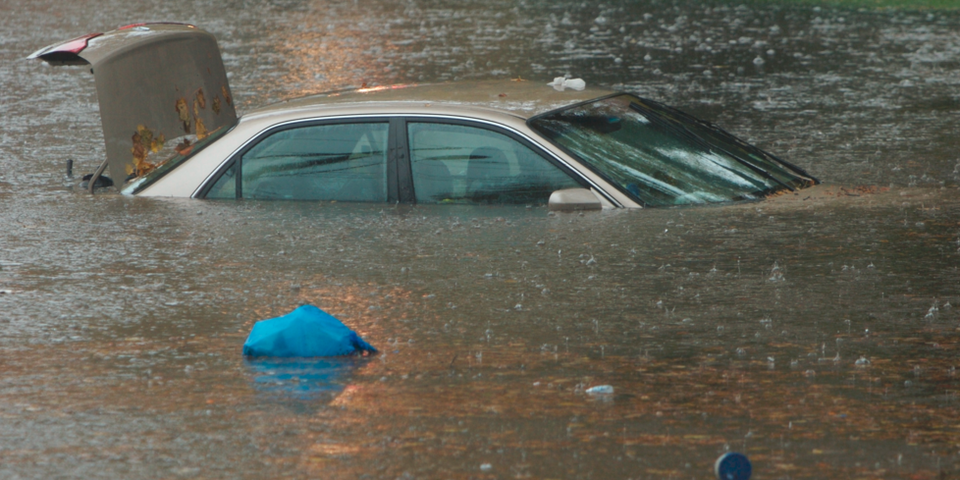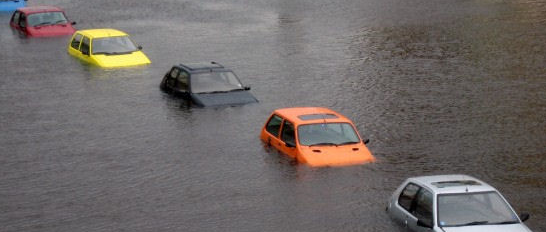How to Find Flood Damage in Antique Cars: Charlotte AutoFair Explains

Even when you are looking for an antique car from a reputable seller, it is important that you do a preliminary inspection and test drive to make sure that the vehicle is in good working condition and there aren’t any hidden problems. One of the issues that sellers try to hide the most is flood damage because of the way it not only wrecks the engine and can make a car undrivable, but also ruins the interior to the point that it needs to be completely replaced. To help you figure out if your prospective collector car purchase has flood damage, here are some tips from the antique car experts at Charlotte AutoFair:
- A moldy scent in the cabin: Though seat coverings and carpets can be changed, flood-damaged cars often have a mildewed odor that is almost impossible to get rid of. If the vehicle smells like a dank basement, walk away immediately.

- Check if the oil looks murky: When car oil is exposed to water, the liquid goes from black to an opaque brown and often looks bubbly and churned with rust. This means that the engine is basically unusable.
- Rusted spots on the interior of the doors and underneath the hood and dashboard: Exterior rust is easy to hide, but rust inside the car is a little harder. Check to make sure the automobile doesn’t have rust spots in any unusual places which are a sure indicator that it was left in water for a long period.
For more information on their vintage car shows, call Charlotte AutoFair at (704) 841-1990, or visit their website.
About the Business
BUSINESS
Antique Car Dealer
Charlotte AutoFair
9307 Monroe Rd, Suite H, Charlotte, NC 28270
Have a question? Ask the experts!
Send your question

